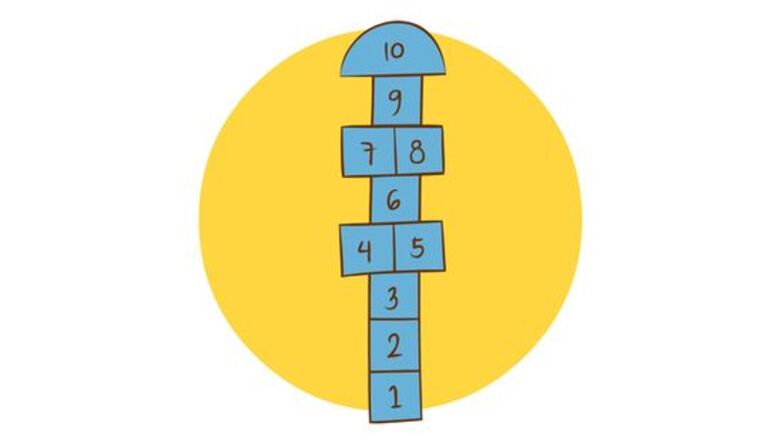
views
- Draw your hopscotch board on the ground. Create a set of vertical squares numbered 1 through any number you want. Numbers 4 & 5 and 7 & 8 are often placed side-by-side.
- To begin a hopscotch game, toss a stone or flat object into the inside of the 1 square. If your stone touches the sides of the square, you lose your turn.
- The goal of hopscotch is to hop through the inside of each square on one foot. If you lose your balance or touch any of the square’s sides, you lose your turn.
- After you’ve successfully hopped across the board, turn around (remaining on one foot) and hop back to the beginning, picking up the stone along the way.
Playing Classic Hopscotch
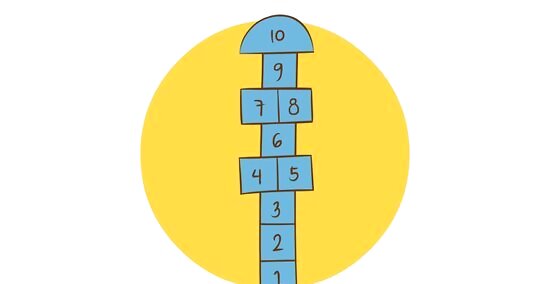
Draw a hopscotch board on the ground. To start a hopscotch game, draw squares on the ground using chalk. Make your squares large enough to fit one foot and wide enough so that a stone can land inside each square without touching its lines or bouncing out of it. It's most common to number your squares vertically from 1-10 with 1 at the bottom. Pairs of 4 & 5 and 7 & 8 are often placed side-by-side. Draw your ending square extra wide and designate it as a rest or stop area. This is where a player can take a moment to turn around and/or regain their balance. Sometimes, the ending square is given a nickname like “Heaven.” Asphalt, patio stones, and concrete make the best surfaces for drawing a hopscotch board, but the grid can be designed on any surface.
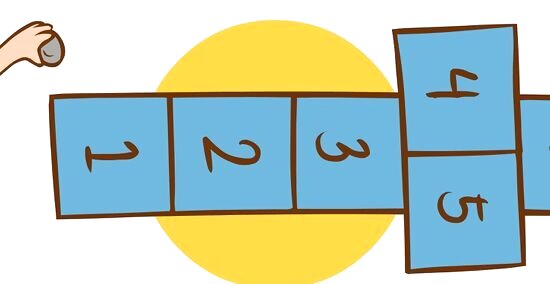
Throw a flat stone or similar object to land on square 1. Have your starting player toss a stone or other flat object (a beanbag, a shell, a plastic button, a marker) onto the hopscotch board. The stone has to land inside the square without touching the border or bouncing out. If the player successfully lands the stone between the lines, they move on to the next step. If they fail, they lose their turn and the next player goes. If you’re playing hopscotch by yourself, continue tossing or make up rules as you see fit!

Hop through the squares, skipping the square with a stone inside. Use one foot to jump inside each square. Don’t place more than one foot on the ground at a time, unless there are 2 number squares right next to each other. In this case, put down both feet simultaneously (one in each square). Always keep your feet inside the appropriate square(s); if you step on a line, hop on the wrong square, or step out of the square, you lose your turn.

Pick up the stone on your way back. When you get to the last number (usually 10), turn around (remaining on one foot) and hop your way back in reverse order. When you land on the square directly before the one containing your stone, lean down (still on one foot) and pick it up. Then, skip over that square and finish up.
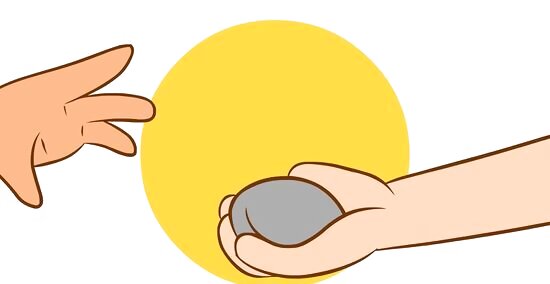
Pass the stone to the next player. Once you’ve completed the course or lost your turn, hand the stone to the player after you. Then, they go. After every player has taken their turn, if you didn’t lose your turn in the previous round, throw your stone into square 2 for your next turn. Your goal is to complete the course with the stone in each square. The first person to do this wins the game! Use a pen and paper to keep track of each player’s progress or have players sign on the square with chalk, once they successfully bounce the stone inside.
Rule Variations
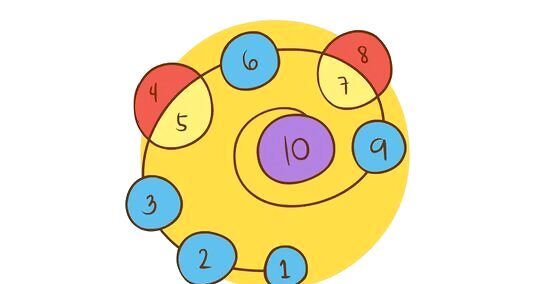
Change the shape of the hopscotch course. For an added challenge, draw a circular hopscotch board instead of a square one with the numbers arranged in an inward spiral direction.You can also try drawing it as a triangle shape, a rectangle shape, or, for extreme difficulty, a rocket shape! When drawing a circular hopscotch board, start from the middle (with your highest-numbered circle) and go outward. This way, you can make “Heaven” as big as you need.

Vary the size and shape of the squares. Make some squares smaller so that people have to jump on their tiptoes. You can even design some spaces in the shape of a shoe to control the direction each player faces. Get creative!
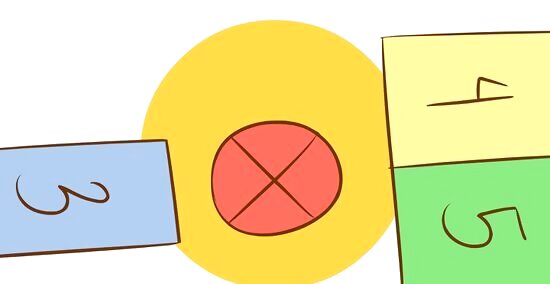
Make some squares into islands. Draw some squares with spaces in between so they’re completely disconnected from the rest of the board. This adds an extra level of difficulty since players have to jump far enough to reach each space while still landing inside the lines. Who said hopscotch doesn’t require skill?! Create other fun jumping variations by having players jump on odd numbers or even numbers backwards.

Set a time limit. Make your game into "speed hopscotch" by setting a timer for each player. If a player fails to make it across the board before the timer runs out, they lose their turn. Or make the game into a race by keeping track of each player’s time across the board. The player with the fastest total time wins!
















Comments
0 comment